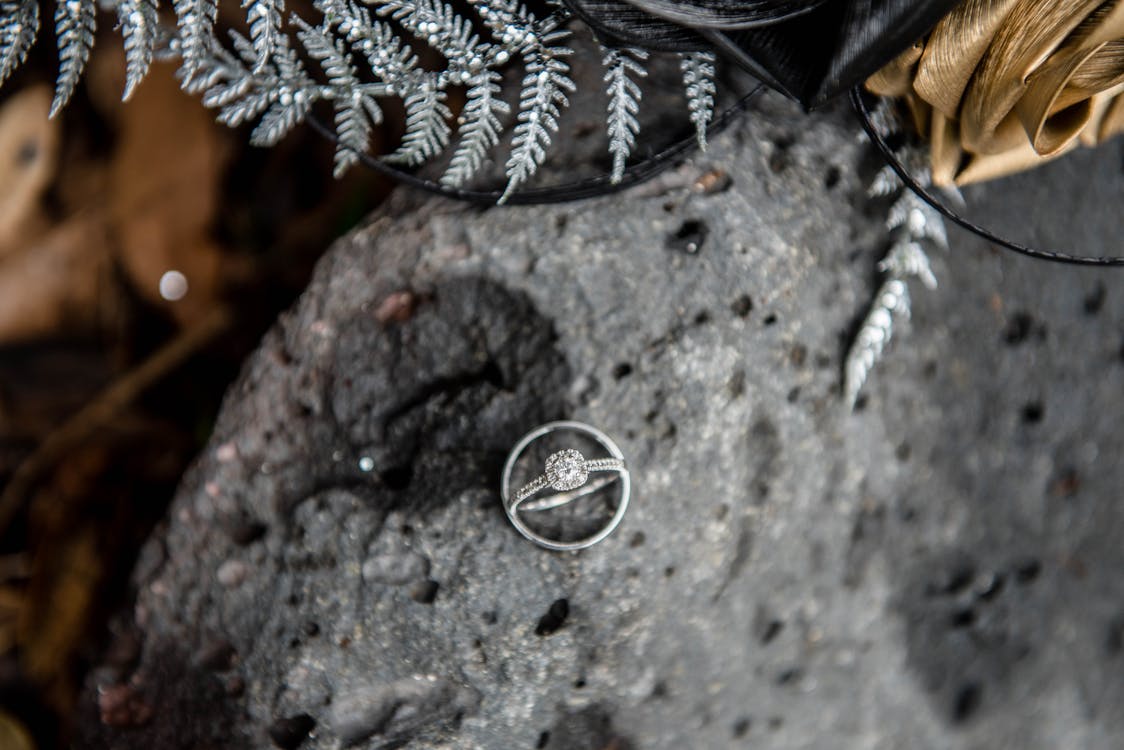
Lab Diamonds: A Cultural Revolution in Sustainable Luxury
Lab-created diamonds have been making waves in the jewelry industry, offering a sustainable and ethical alternative to mined diamonds. However, beyond their environmental and moral implications, lab diamonds also intersect with various cultural aspects. Let’s delve into how these shimmering gems are impacting different cultures around the world.
Introduction
Lab diamonds, also known as lab diamonds and cultures, are created in controlled environments that replicate the natural diamond-growing process. Unlike mined diamonds, which are extracted from the earth through mining, lab diamonds are grown using advanced technological processes.
Benefits of Lab Diamonds
Environmental Impact
One of the primary benefits of lab diamonds is their minimal environmental footprint. Traditional diamond mining often involves significant land disturbance, water usage, and energy consumption. In contrast, lab diamond production requires less energy and water, making it a more sustainable option.
Ethical Considerations
In addition to environmental concerns, the ethical implications of diamond mining have come under scrutiny. Conflict diamonds, also known as blood diamonds, have been linked to human rights abuses and civil conflicts in certain regions. Lab diamonds offer a conflict-free alternative, ensuring consumers can enjoy their sparkle without supporting unethical practices.
Cost-Effectiveness
Another advantage of lab diamonds is their affordability compared to mined diamonds. Since they are created in laboratories, the production costs are lower, resulting in more accessible price points for consumers.
Cultural Perspectives
Western Cultures
In Western societies, lab diamonds are gaining popularity among eco-conscious consumers who prioritize sustainability and ethical sourcing. Millennials and Gen Z, in particular, are driving the demand for lab-grown diamonds, seeking alternatives that align with their values.
Eastern Cultures
Similarly, in Eastern cultures, there is a growing appreciation for lab diamonds as symbols of modernity and progress. Countries like India and China, known for their rich history of jewelry craftsmanship, are embracing lab diamonds as a reflection of evolving cultural norms.
Popularity and Trends
Millennials and Gen Z
The younger generations are redefining the jewelry industry by embracing lab grown diamonds as a symbol of social responsibility. They are drawn to the transparency and traceability offered by lab-grown diamonds, making them a preferred choice for engagement rings and other special occasions.
Celebrity Endorsements
Celebrities and influencers play a significant role in shaping cultural trends, and many have endorsed lab diamonds for their ethical and sustainable attributes. Their influence has helped raise awareness and normalize the use of lab-grown diamonds in mainstream culture.
Misconceptions
Quality Concerns
One common misconception about lab diamonds is that they are inferior in quality to mined diamonds. However, lab-grown diamonds exhibit the same chemical and physical properties as natural diamonds, making them indistinguishable to the naked eye.
Perception of Value
Some consumers may question the value of lab diamonds compared to their natural counterparts. However, as awareness grows and technology advances, lab diamonds are increasingly recognized for their beauty and durability, driving demand in the market.
Cultural Significance
Symbolism in Rituals
Diamonds have long held cultural significance in rituals and ceremonies around the world. Lab diamonds, with their ethical and sustainable attributes, are reshaping these traditions, offering couples a meaningful symbol of love and commitment without compromising their values.
Perception of Authenticity
While some may debate the authenticity of lab diamonds, their chemical composition and physical properties are identical to natural diamonds. As more consumers prioritize sustainability and ethical sourcing, lab-grown diamonds are gaining acceptance as genuine alternatives.
Sustainability Factors
Lab Diamond Production
The process of growing lab diamonds involves minimal environmental impact compared to traditional mining practices. By using renewable energy sources and reducing water usage, lab diamond producers are championing sustainability in the jewelry industry.
Impact on Indigenous Communities
Lab diamond production also has positive implications for indigenous communities, as it reduces the need for land exploitation and mitigates the social and environmental impacts associated with mining activities in their territories.
Future Outlook
Growth Projections
The lab-grown diamond market is projected to experience significant growth in the coming years, driven by increasing consumer awareness and demand for sustainable luxury goods. As technology continues to advance, lab diamonds will become even more accessible and desirable.
Technological Advancements
Advancements in diamond-growing technologies are paving the way for new possibilities in jewelry design and customization. From fancy colored diamonds to innovative cuts and shapes, lab-grown diamonds offer endless creative opportunities for designers and consumers alike.
Conclusion
Lab diamonds are more than just sparkling gems; they represent a cultural shift towards sustainability and ethical consumption. As awareness grows and attitudes evolve, lab-grown diamonds are redefining the jewelry landscape, offering consumers a guilt-free way to shine bright.

